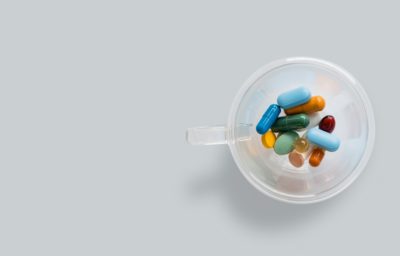There has been much misunderstanding, fear-mongering and name-calling on both sides of this contentious issue, which has in itself been an obstacle to change. This is continued from part two.

If we really want to make this change happen, we must be prepared to listen to our opponents and appreciate the reasons for their position. Just as caricaturing critics of animal testing as anti-science is mistaken, so too is caricaturing animal researchers as deliberately cruel. Such insults are counter-productive, serving only to provoke a defensive reaction. Regrettably, cruelty does occur, but both sides agree that it is inexcusable and should not be tolerated.
Given the accumulated weight of evidence of the failings of animal tests to predict the safety of medicines, it is natural to conclude that the practice should be stopped immediately. However, it is naïve to expect regulators to abandon the practice of the last half-century, no matter how inadequate, until they are able to introduce something better in its place. Regulators are notoriously conservative but the burden of responsibility to protect the public falls on their shoulders and they will, understandably, not change direction lightly. Of course, once there is sufficient evidence that a new method is superior to an animal test for any particular purpose, it is incumbent on the regulators to replace the inferior test without delay.
Why then has progress on replacement been so slow? One reason is the extraordinarily high standards of perfection demanded of “alternative” methods, to a degree that has never been expected of animal tests, nor would be met if they were subjected to equivalent scrutiny. There is a strong and logical argument here that new tests should be validated simply by comparing their performance, for their particular purpose, against the animal tests that are currently used for that purpose. If the new test is superior, the animal test should be replaced immediately.
This poses something of a dilemma for the regulators: there are so many methods that demonstrate superiority in different respects that selecting from the blizzard is bewildering. How do they know which test to choose? My view is that they do not have to. There is unanimous agreement that we need to move away from the prescriptive “tick-box” culture of the current regulatory process. Rather than demanding a particular new test for each particular purpose, regulators could simply require pharmaceutical companies to justify their choice of tests by demonstrating that they are fit for purpose in each situation. There will not be one ‘perfect’ test – there may be many, and a process of natural selection will refine them (from quantity will emerge quality) and produce a toolbox of acceptable options.
Another factor that has delayed progress on replacement has been the extraordinary degree to which reliance on animal testing has become ingrained in the scientific mindset and the difficulty for human nature in letting go of such long-held beliefs, especially for those who have been involved in defending them against what they perceive as irrational attack. As Professor Azra Raza notes: “The time is here to let go of the mouse models at least as surrogates for bringing drugs to the bedside. Remember what Mark Twain said, ‘What gets us into trouble is not what we don’t know; it’s what we know for sure that just ain’t so’.”
Furthermore, some of the evidence of the poor predictive value of animal tests has been produced by scientists who campaign against the practice, which can make it even harder to swallow, but in the end, the truth will out, no matter who exposes it.Sign and share Safer Medicines Campaign’s petition









